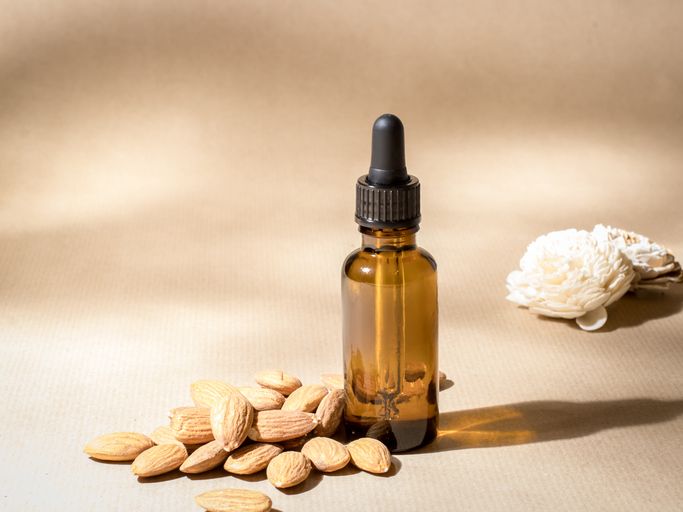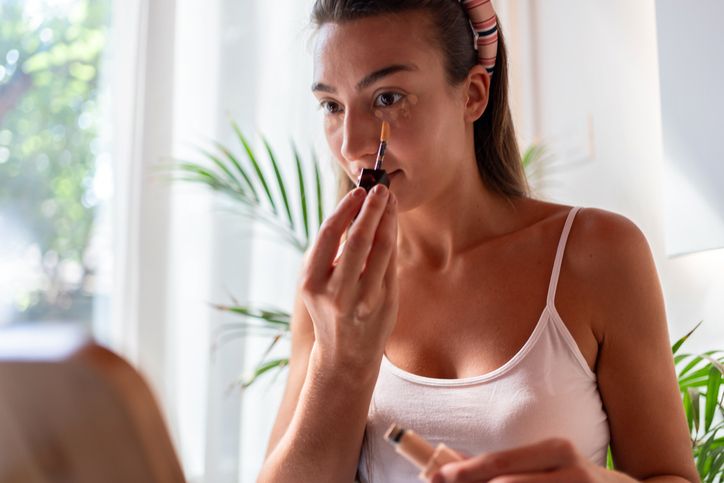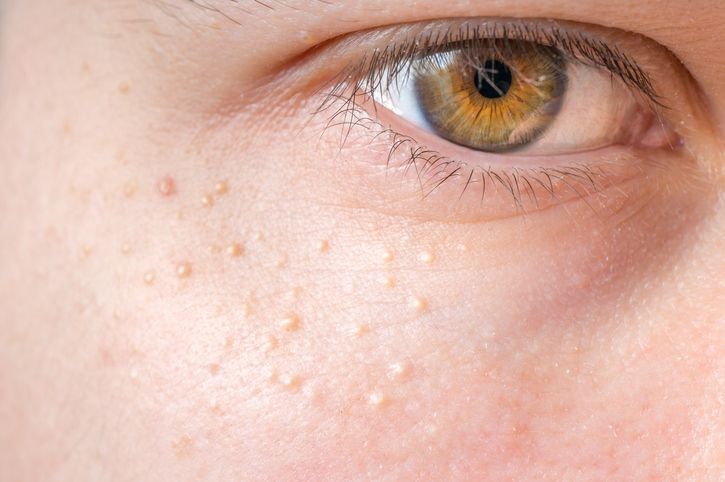- Home
- Trend
- Weight Loss Strategies
- Acne Tips
- Hair Health Information
- Blemish Removal Tips
- Acne Scar Removal Tips
- Muscle Building Techniques
- Intimate Care Tips
- Postpartum Intimate Care
- Eye Bags Wiki
- Tips for Face Slimming
- Secret of Permanent Hair Removal
- Breast Enlargement Tips
- Cure to Snoring
- Marionette Lines
- Skin-Tightening Secrets
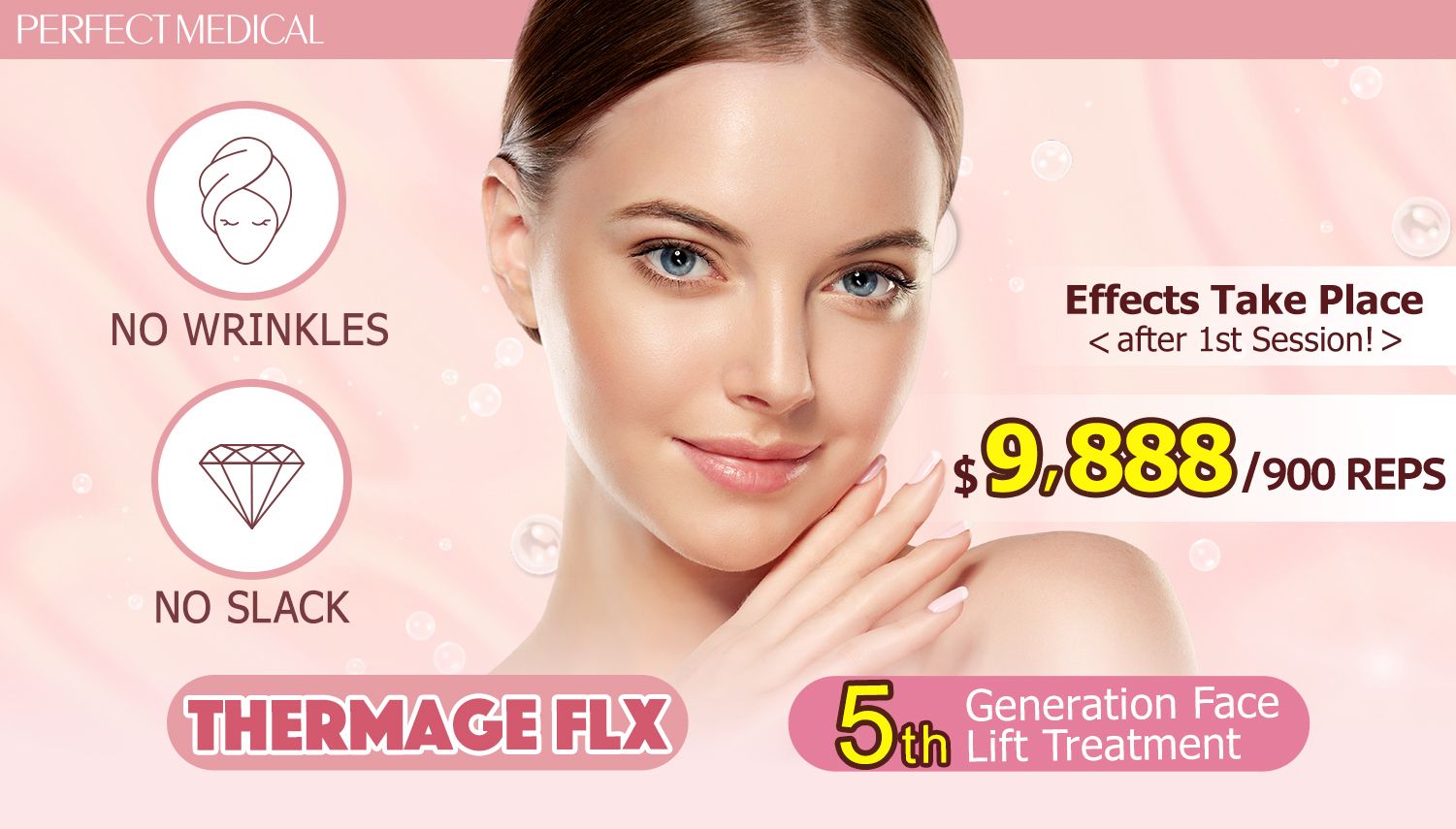
免費體驗
Thermage FLX 5th Generation Face Lift Treatment
1 Minute Self-Registration
Date should not be before minimal date
Your genetics play a significant role in how your face ages, including the development of sagging jowls and loose skin. While genes account for about 60% of how your skin changes over time, it doesn’t mean you’re doomed to have saggy skin. Certain genetic variations can increase your risk of developing facial sagging or jowl formation. However, the remaining 40% is influenced by other factors, such as sun damage, lifestyle choices, and weight fluctuations. This means that by focusing on skin tightening, protecting your skin from UV rays, and adopting a healthy lifestyle, you can reduce the chances of developing jowls and prevent future sagging. With the right skincare and non-surgical treatments, you can help maintain your skin's elasticity and youthful appearance.
1
How Genes Affect Facial Aging

Key Genetic Variations
Impact of Specific Genes on Sagging Jowls
Family History

2
Other Factors that Lead to Sagging Jowls

1. Sun Exposure and UV Damage
2. Smoking and Collagen Breakdown
3. Weight Fluctuations and Skin Stretching
4. Tech Neck and Poor Posture
5. Other Lifestyle Factors that Contribute to Sagging Jowls
3
Prevention Strategies for Sagging Jowls
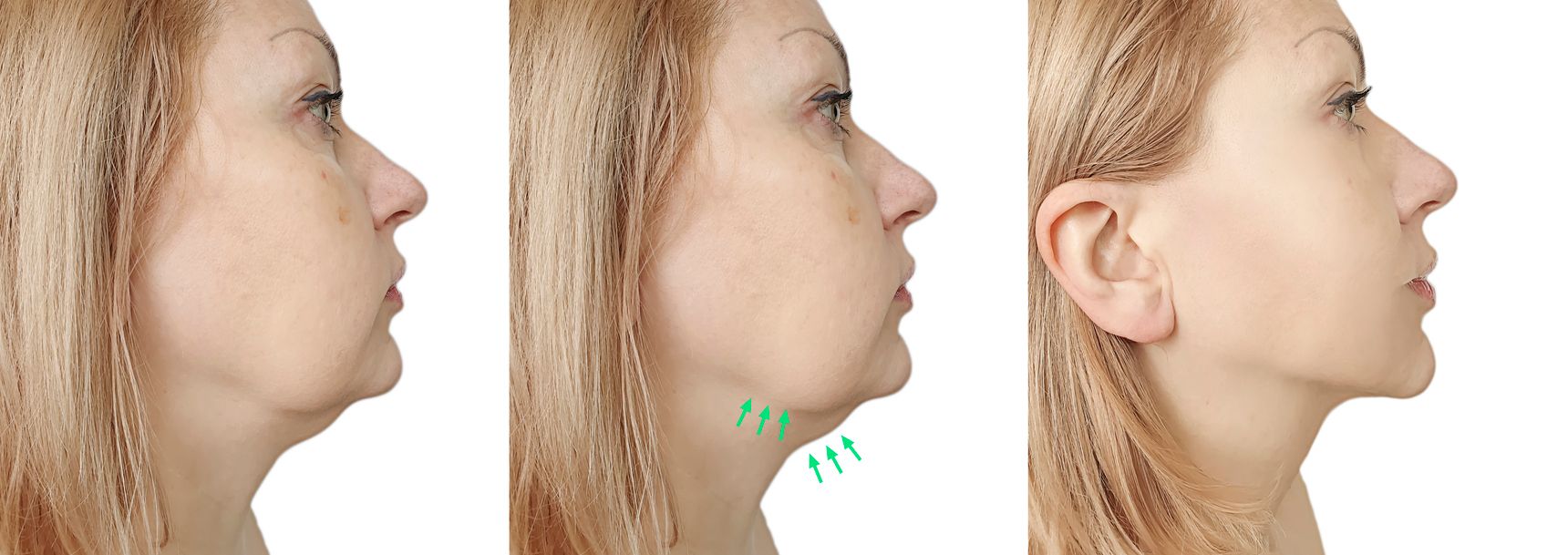
1. Protect Your Skin from the Sun
2. Skincare Routine to Support Skin Tightness
3. Facial Exercises and Massages
4. Healthy Diet and Hydration
5. Improve Posture and Sleep Habits
6. Regular Exercise for Skin Elasticity

4
Treatments for Sagging Jowls
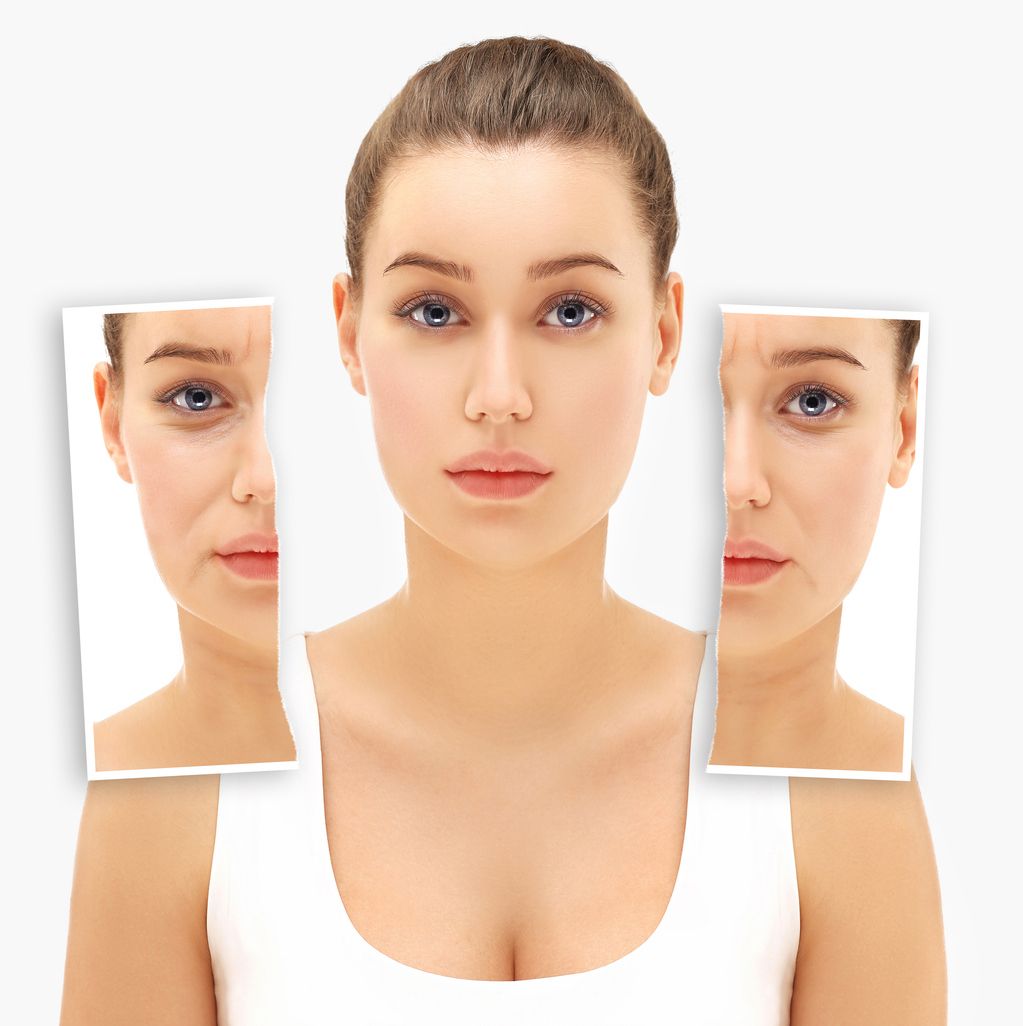
Non-Surgical Treatment Options
1. Dermal Fillers
2. Radiofrequency Therapy
3. Thread Lifts
4. Microneedling with Radiofrequency
5. Energy-Based Devices

免費體驗
Thermage FLX 5th Generation Face Lift Treatment
1 Minute Self-Registration
Date should not be before minimal date
5
Thermage FLX 5th Generation Face Lift Treatment for Sagging Jowls

How Thermage FLX Works for Sagging Jowls
Key Advantages of Thermage FLX
Why Choose Thermage FLX for Sagging Jowls?
Is Thermage FLX Right for You?

免費體驗
Thermage FLX 5th Generation Face Lift Treatment
1 Minute Self-Registration
Date should not be before minimal date
FAQ

Can Facial Yoga Exercises Prevent Sagging Jowls if You're Genetically Predisposed?
While facial yoga exercises can help improve muscle tone and skin elasticity, they can't completely prevent genetically predisposed sagging jowls. You'll likely experience some degree of sagging despite regular practice, though these exercises can substantially slow the process and reduce severity. When you combine facial yoga with proper skincare, hydration, and sun protection, you'll achieve the best possible results for your genetic makeup.
Do People With Darker Skin Tones Develop Sagging Jowls at Different Rates?
While darker skin typically offers better natural protection against UV-induced aging, you'll still develop sagging jowls at rates primarily determined by your genetics, lifestyle choices, and skincare habits rather than skin tone alone. Your collagen and elastin production, facial muscle strength, and overall skin structure will decline with age regardless of melanin levels, though sun damage may progress more slowly in darker skin tones.
Is Sleeping Position Linked to the Development of Sagging Jowls?
While you might have heard claims about sleeping positions causing sagging jowls, there's no scientific evidence supporting this connection. The development of jowls is primarily influenced by factors like genetics, natural aging, loss of collagen and elastin, weight fluctuations, and lifestyle choices such as smoking or sun exposure. Your sleeping position isn't a documented risk factor in the formation of sagging jowls.
Can Certain Medications Accelerate or Contribute to Jowl Formation?
Ever wonder why some medications seem to age your face faster? You'll find that certain medications can indeed accelerate jowl formation, particularly corticosteroids and chemotherapy drugs, which can cause skin thinning and loss of elasticity. Additionally, medications that lead to dehydration, such as diuretics and antihistamines, or those causing rapid weight fluctuations, can contribute to sagging jowls by affecting your skin's firmness and underlying facial structure.
Are There Specific Ethnic Groups More Prone to Developing Sagging Jowls?
Your ethnicity substantially influences how and when you'll develop sagging jowls, with Caucasians typically experiencing them earlier due to thinner skin and less collagen. If you're of Asian descent, you'll likely develop jowls later thanks to higher cheekbones and thicker skin structure. African Americans often see delayed jowl formation because of their denser dermal layers and stronger collagen, while Indians may notice earlier prejowl sulcus development due to facial framework differences.






